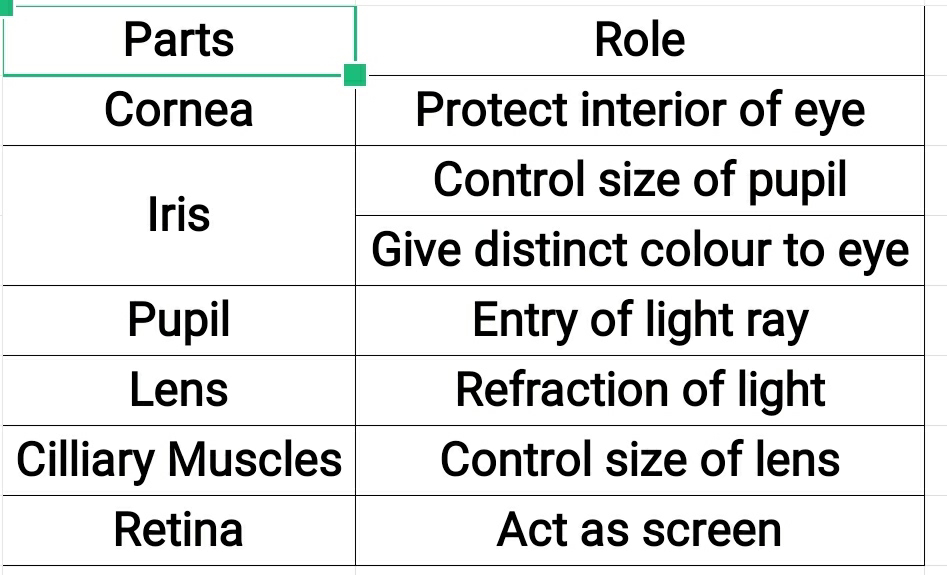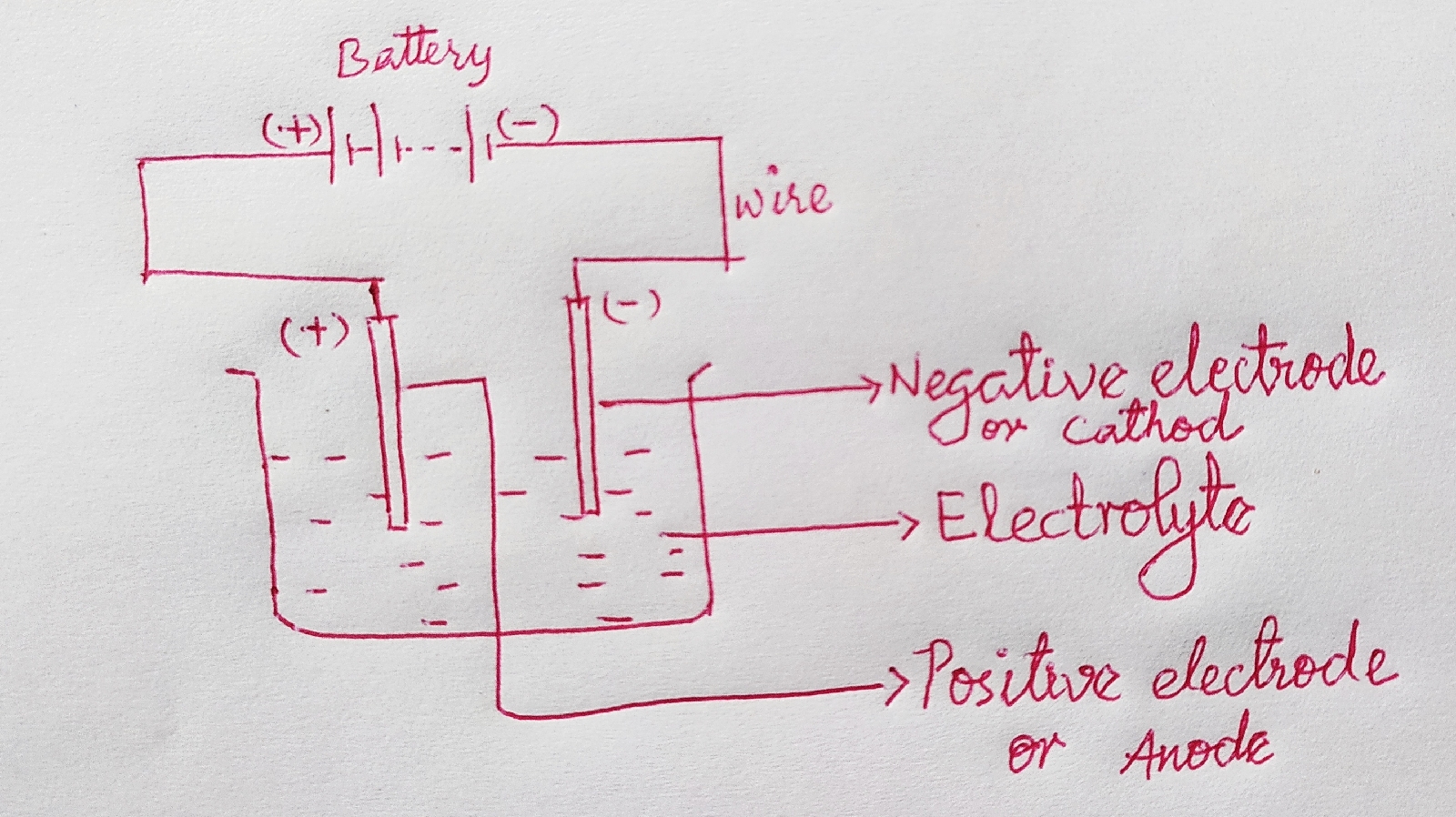Stars and the Solar System NCERT Science Class 8 Chapter 17 Summary Note
Stars and Solar System Celestial objects The stars, the planets, the moons and many other objects in the sky are called celestial objects. Full Moon Day The day on which the whole disc of the moon is visible is known as full moon day. New Moon Day On the fifteenth day after full moon day, the moon is not visible. This day is known as new moon day. Crescent Moon The moon whose only a small portion appears in the sky, is called crescent moon. Phases of Moon The various shapes of the bright part of the moon as seen during a month are called phases of moon. The moon doesn't produce its own light. We see the moon because, the sunlight falling on it gets reflected towards us. The moon rotates on its axis. The moon revolve around the Earth. The moon has no atmosphere, no water, Star The sun is also a star. Sun appears larger than other stars. Because- -Stars are millions of times farther away than the sun....

